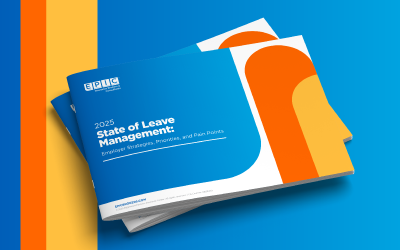While the year 2020 has softened the medical and dental insurance markets, with COVID-19 suppressing claim costs and continuing to place downward pressure on the entire healthcare economy, stop loss has been a very different story. Over the last 12 to 18 months, the reinsurance market continues to harden, and there seems to be a wide variety of reasons, none of which appear to be slowing down.
Viewpoints from Adam Okun
For those who are unfamiliar, most employer-sponsored healthcare costs in this country are not paid by insurance carriers, but by the employers directly.
This arrangement, known as self-insurance, utilizes the insurance carriers for their networks, administration, and expertise, but it moves most of the claims risk directly over to the employers’ balance sheets. The only true insurance these employers purchase is reinsurance (a.k.a. stop loss). This protects both the carrier and employer in the event any individual claimant exceeds some high threshold of claims (typically around $200,000), or if in aggregate, the entire population has claims that exceed expected amounts by 25%.
As this dramatic movement towards self-funding took hold over the last couple of decades (hastened further by some of the features of the Affordable Care Act) a great number of large life, disability, and reinsurance companies jumped into the stop loss market – in addition to the medical insurers – to write this new risk. And for several years, there seemed to constantly be a new entrant that was willing to buy business with rates 10-20% below the market to build their book of business.
The challenge facing many reinsurers now?
It’s the combination of a few things: the advancement in highly complex medical services that extend the lives of terminally ill patients, the cost of specialty prescription drugs which can run well into six figures or beyond, and additional health threats (like the novel coronavirus), which have caused losses to steadily increase. Coupled with declining employment in the country due to the economic malaise, loss ratios have increased across the board. And while it’s common to see 20%+ increases in reinsurance this year, both in the last renewal cycle and this one (partly driven by a concept called “leveraged trend,” which I’ll avoid describing in detail in this article), there appear to be fewer new entrants looking to scoop up that business at a loss. So, we have repeatedly found ourselves in situations requiring 30%, 50%, and in some rare cases, even larger increases. Also concerning is the fact that many carriers are curtailing the offer of “no new lasers” contracts.
Our recommendation to clients is:
When appropriate, consider taking on more risk with the thresholds, explore clinical case management solutions offered by the medical carrier to reduce high spend, and ensure your consultant is truly scouring all ends of the reinsurance market. We’ll often see our competitors approach only three carriers when a reinsurance marketing should include at least 10 carriers. But unfortunately, sometimes there are no solutions in a hard market other than paying up.
Check out more of our EPIC Resources:
Visit the EPIC coronavirus update center for COVID-19 information
Sign up for EPIC Newsletters in one convenient location
See results from our In It Together pulse surveys on our COVID-19 strategic collaboration and idea-sharing forum
EPIC offers these opinions for general information only. EPIC does not intend this material to be, nor may any person receiving this information construe or rely on this material as, tax or legal advice. The matters addressed in this article and any related discussions or correspondence should be reviewed and discussed with legal counsel prior to acting or relying on these materials.
Related Content
Products
Employee Benefits Consulting
Our dedicated benefits team is focused on delivering better outcomes – to both your benefits program and ...
Products
Actuarial
Our Actuarial Team provides guidance on employee benefits and health and welfare programs to help meet ...
Products
HR Technology Solutions
From advising startups on how to build a solid Human Resources (HR) infrastructure, to consulting with ...



